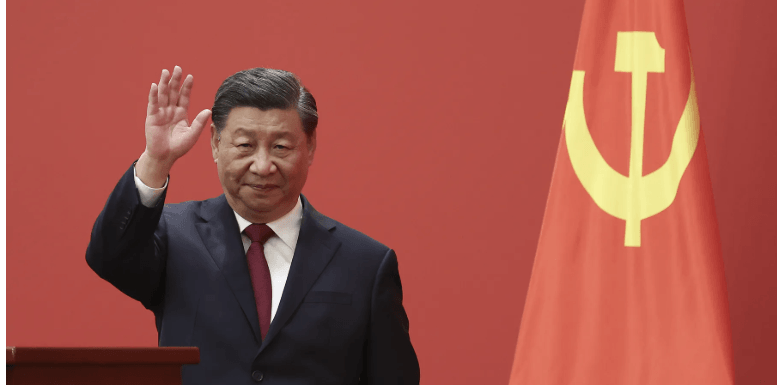

Transmission of HIV to babies in Kenya has been reducing in the last five years, which means the country is on course to end such infections.
In 2018, an estimated 13,000 new HIV infections occurred among children.
That represented 12.3 per cent of all babies born to HIV positive mothers that year.
The figure has consistently reduced, dropping to about 7.3 per cent (3,742 ) of all babies born to mothers living with HIV last year, according to new data from the National Syndemic Diseases Control Council.
Such infections occur largely when mothers miss some interventions or proper treatment during pregnancy, delivery or breastfeeding.
The NSDCC said despite the reductions, the number of babies contracting HIV is still too high and Kenya is yet to achieve the target of less than five per cent.
“Sixty three per cent of new HIV infections among infants were due to mother-to-child transmission rate related non-use or drop off from antiretroviral therapy,” head of monitoring and evaluation at the NSDCC Japheth Kioko said.
Such infections can be eliminated if mothers living with HIV adhere to ARVs during pregnancy and babies are put on the drugs right after birth.
“In 2023, no county achieved the mother-to-child transmission rate validation target of less than five per cent,” Kioko said.
Of the 3,742 babies who contracted HIV last year, 727 were infected during breastfeeding after the parent stopped taking ARVs.
Some 684 were infected during pregnancy after the mother stopped taking ARVs.
People with HIV who adhere to antiretroviral therapy can achieve extremely low viral loads.
However, these can increase if a person cannot adhere to the regimen.
NSDCC also noted some 434 mothers had tested negative to HIV throughout their pregnancy.
However, they were infected unknowingly during breastfeeding and passed on the virus to their babies.
Another 151 were not HIV positive when they got pregnant but were infected within the nine months, leading to infections to their babies.
The data showed last year, five counties had a mother-to-child transmission, currently known as vertical transmission, rate higher than 20 per cent.
These are Wajir (33.5 per cent), Mandera, (26.9 per cent), Samburu (26.8 per cent), West Pokot (21.2 per cent), and Isiolo (20.9 per cent).
“Seven counties had rates lower than the national average, with Migori, Kisumu, Murang’a, Kirinyaga, Nyeri, Siaya and Nairobi achieving the lowest mother-to-child transmission rate less than seven per cent,” Kioko said.
Women living with HIV who do not receive ARV medicine have a 15-45 per cent chance of transmitting the virus to their children during pregnancy, labour, delivery or breastfeeding.
That risk drops to less than five per cent if treatment is given to both mother and child.
Kenya’s goal is to get to less than five per cent and be certified to have eliminated the vertical of HIV.
In high-income countries, almost universal early ART coverage amongst HIV-positive pregnant women and avoiding breastfeeding have reduced MTCT risk to less than one per cent.













